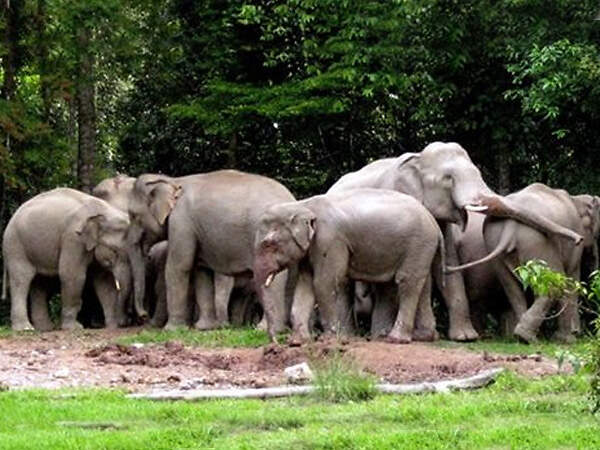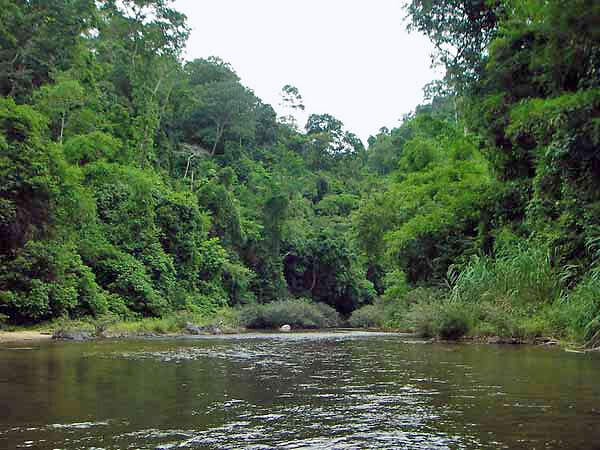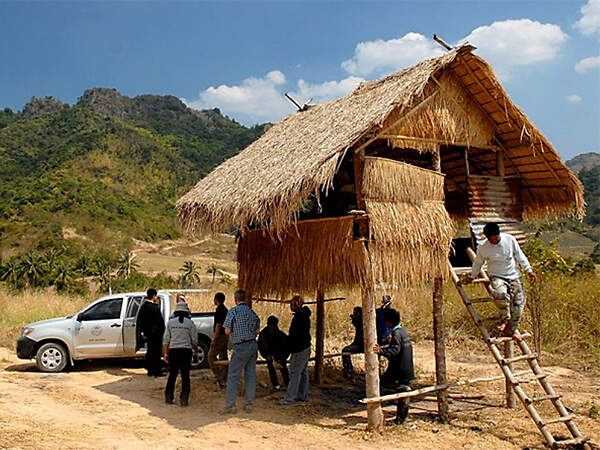DE GOLIA, J. (1993)
Everglades - The Story Behind the Scenery.
64 Seiten, durchgehend farbig illustriert.
6th ed., KC Publications, Inc. LC 78-71200. ISBN-10: 0916122557; ISBN-13: 978-0916122553.
Anbietertext:
Primeval and profound, this river of grass abounds with life. Meet 'gator and snake, mangrove and cypress, bromeliad and orchid-and The Feathered Spectacle. This 9 x 12 book is overflowing with beautiful photos and interpretive text on this National Park for your enjoyment.
CHITTENDEN, H. (1992)
Top Birding Spots in Southern Africa.
421 Seiten mit zahlreichen Kartenskizzen und Strichzeichnungen.
Southern Book Publishers, Halfway House. ISBN 1-86812-419-3.
Anbietertext:
This useful guide describes the location, habitat and facilities of 127 of the best birding sites in the region. It covers Zimbabwe, Namibia, Botswana, and all states within South Africa. Includes notes on interesting/special species, rare species, and annotated checklists.
CapeNature (1996)
Rocherpan Nature Reserve including Bird Checklist.
Hrsg. Kaapse Natuurbewaring, Kaapstad. PDF nicht mehr verfügbar.
Rocherpan Nature Reserve is a small provincial reserve situated 180 km north of Cape Town. It consists of three primary habitats for birds. The sandy beach and foredunes, the wetland and the Strandveld vegetation. The reserve centres on the name-sake ephemeral wetland. The pan usually fills after the winter rains, but may be completely dry in some summers. There are four bird hides positioned around the wetland. There are great opportunities to bird on foot along the numerous trails and along the beach.
cape-biblio
06.03.2013 - 1'272
CapeNature (1986)
De Hoop Nature Reserve.
Cape Conservation Series Nr. 7. Cape Department of Nature and Environmental Conservation.
cape-biblio
06.03.2013 - 1'255
CANNING, P., CLARK, K., EDWARDS, A. B., GARDNER, J., GILMOUR, C. & WIEDEMANN, H. (undat.)
Arthur R. Marshall Loxahatchee National Wildlife Refuge.
Visitor's Guide.
18 Seiten, mit Strichzeichnungen.
Loxahatchee Natural History Association, Delray Beach FL 33447-2737.
At the edge of Boynton Beach, where historic farmlands have given way to subdivisions over the last decade, Arthur R. Marshall Loxahatchee National Wildlife Refuge is a buffer between development and the Everglades river of grass, sliced and diced into canals and impoundments that prevent flooding of nearby suburbia while providing vast marshlands for waterfowl to roam.
BANNISTER, A. & RYAN, B. (1993)
National Parks of South Africa.
183 Seiten, zahlreiche Farbfotos und farbige Kartenausschnitte.
Struik Publishers (Pty) Ltd. Cape Town. ISBN 1-86825-337-6.
Verlagstext:
South Africa has unquestionably the most comprehensive and best managed national parks on the African continent. This system today comprises 17 parks (including two awaiting proclamation) which span areas of great biotic diversity; the animals and plant life they encompass as well as their sheer beauty are unparalleled. Over one million people visit these parks each year, more than all other African parks combined, and as international tourism to this country once again starts to improve, these figures are likely to soar. The book is divided up as follows: introduction: the text is takes a very broad-ranging look at the south African National Parks Board in both local and international context. Chapters on individual parks: all attempt to provide a balanced overview of each park and include information on the vegetation types that the park represents, the biotice diversity of the region, specific environmental or socio-political issues facing the park. Research and development: this final chapter of the main section of the book shows life behind the scenes - game capture and culling, veld management, scientific research etc. The parks in brief: the parks are presented here in a set format as a quick reference for visitors and readers.
bannister-biblio
BIBELRIETHER, H. & SCHREIBER, R. L. (Hrsg., 1990)
Die Nationalparke Europas.
240 Seiten, Farbfotos, Mit Glossar, Register Pflanzennamen, Register Tiernamen.
2. Auflage. Süddeutscher Verlag in der Südwest Verlag GmbH & Co. KG, München. ISBN 3-7991-6319-0.
Anbieter-Text:
Dieses Buch beschreibt alle Nationalparke Europas, zeigt die Schönheit ihrer Landschaften, Tiere und Pflanzen und macht deutlich, dass wir wertvolle Regionen unter Schutz stellen müssen, damit sie nicht unwiederbringlich verlorengehen. sehr guter Zustand.
Anmerkung "alle" Nationmalparke ist etwas übertrieben ...
BEYER, J. & DUGGAN, A. (1997)
Reader's Digest Illustrated Guide to the Game Parks & Nature Reserves of Southern Africa.
424 Seiten, zahlreiche Farbfotos und Landkarten. 3rd revidierte un daktualidsierte Auflage,
Readers Digest Association South Africa (Pty) Ltd. Cape Town, ISBN 1-874912-50-5.
Verlagstext:
This guide helps readers to get more out of their family holidays by helping them to plan their breaks so that they know not just where to go, but when to go and what to expect..
ZIMMERMANN, W. (2005)
Przewalskipferde auf dem Weg zur Wiedereinbürgerung - Verschiedene Projekte im Vergleich.
Z. Kölner Zoo, 48, Heft 4: 183-209.
Zusammenfassung:
Seit den 90er Jahren des 20. Jahrhunderts werden Przewalskipferde in Europa mehr und mehr in Semi-Reservaten zur Landschaftspflege eingesetzt. In Asien dagegen kehren sie in ihr ehemaliges Verbreitungsgebiet zurück und sind Anlass für intensive Schutzmaßnahmen, die auch vielen anderen bedrohten Tier- und Pflanzenarten das Überleben sichern. Nicht alle Auswilderungsprojekte sind bislang erfolgreich oder werden erfolgreich sein. Ob sich ein Projekt im Laufe der Zeit positiv entwickelt, kann der Leser selbst in den entsprechenden Webseiten nachlesen. Wenn man nichts mehr zu einem Projekt erfährt, lässt dies eher auf einen Misserfolg schließen. In der Tabelle sind die einzelnen Projekte übersichtlich dargestellt.
Summary:
Since the nineties of last century it became common in Europe to use Przewalski’s horses in landscape management. But they also were reintroduced in their former habitats in Asia where large areas became strictly protected and thus also plants and other animal species profited from. Not all reintroduction attempts were successful so far or ever will be. Whether a project develops positively can easily be checked via the relevant websites. If no news are any more available, this is more likely to show a failure. In the table the various projects are clearly laid out.
zimmermann-biblio
Feldprojekt Asiatischer Elefant
Schutz des Asiatischen Elefanten in Thailand
Zoo Zürich
Quellen:
- PM Zoo Zürich (2010; 2021)
- Internetauftritt Zoo Zürich
- Kaeng Krachan National Park
Zurück zu Asiatischer Elefant (Elephas maximus)




